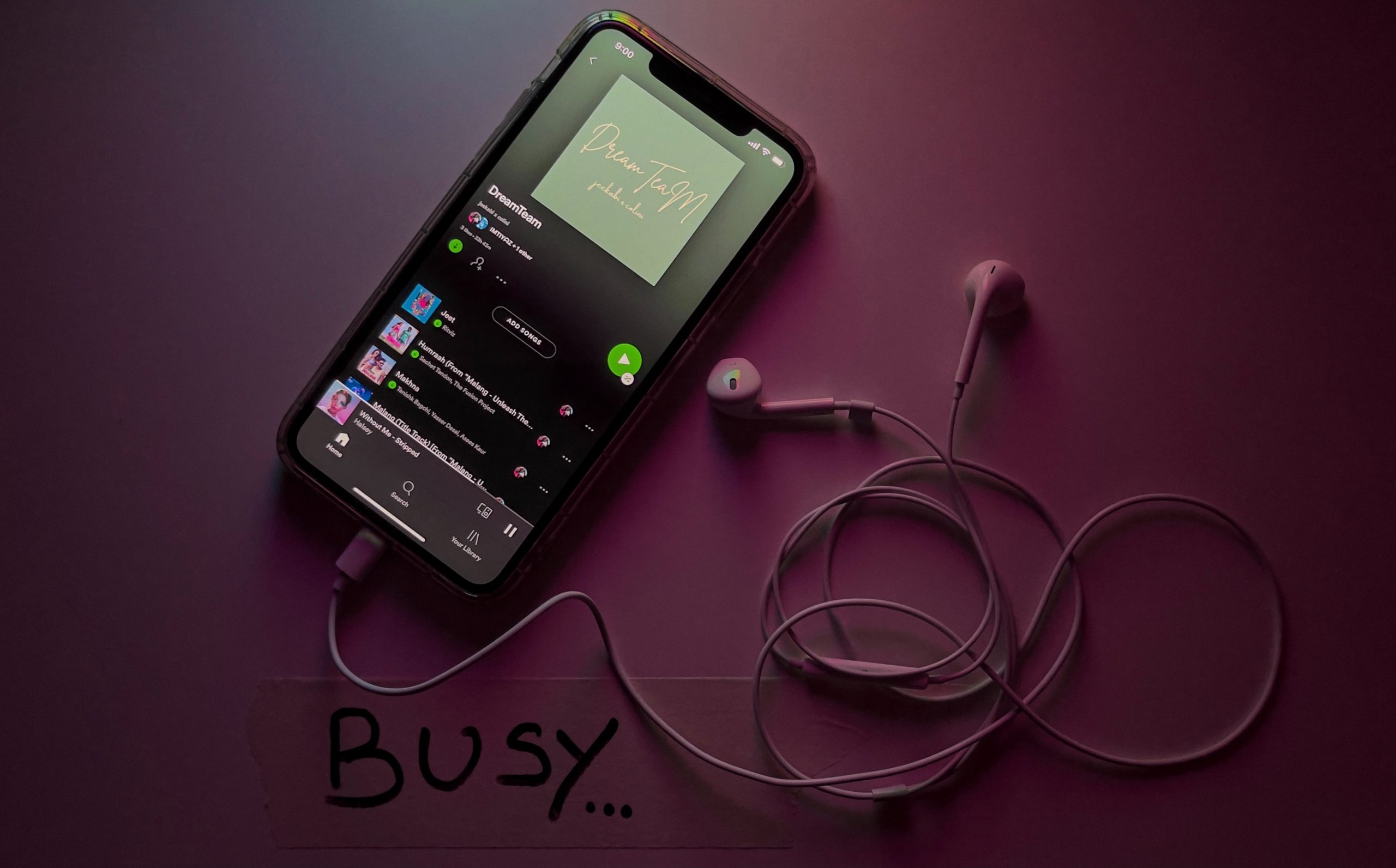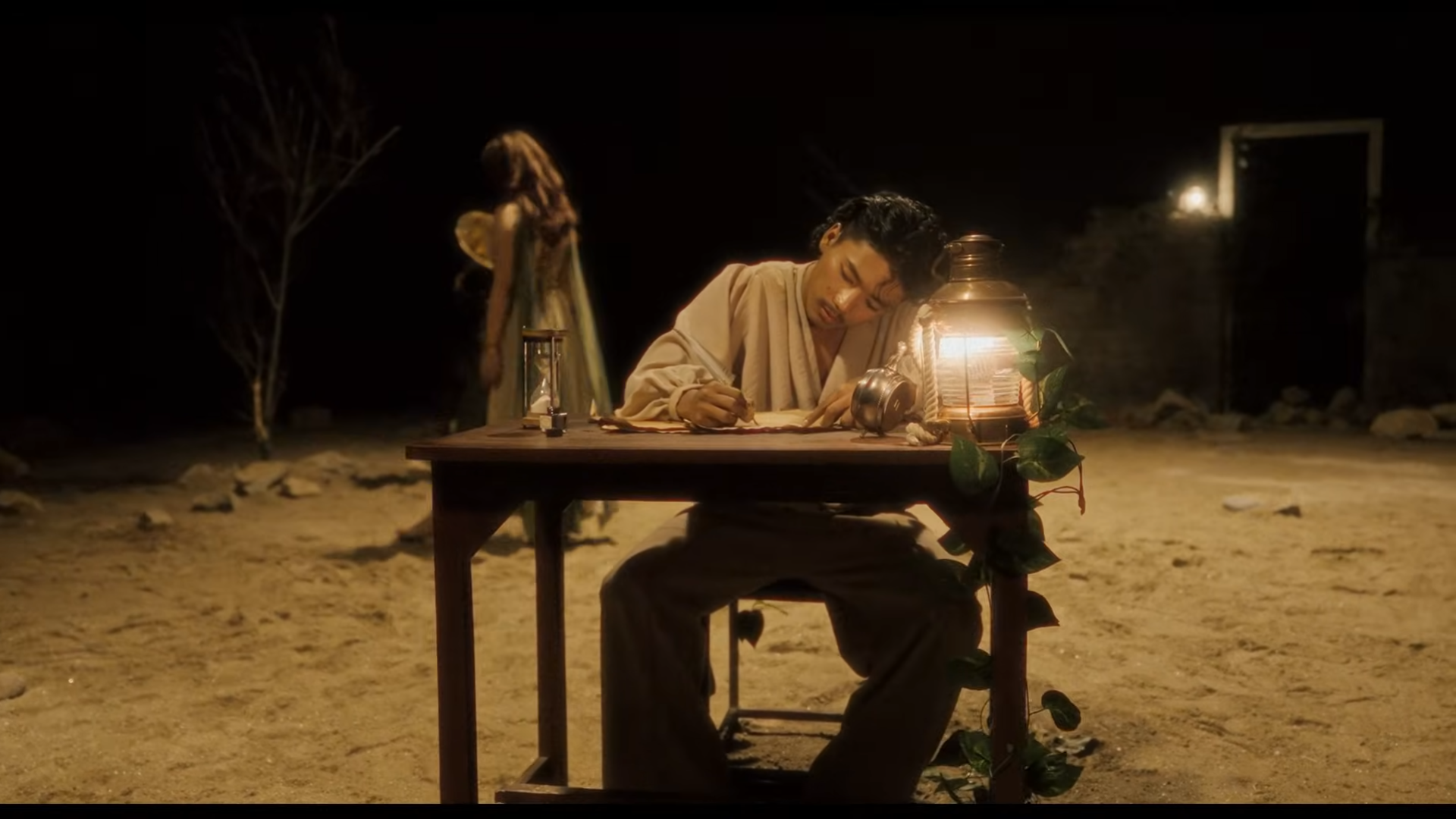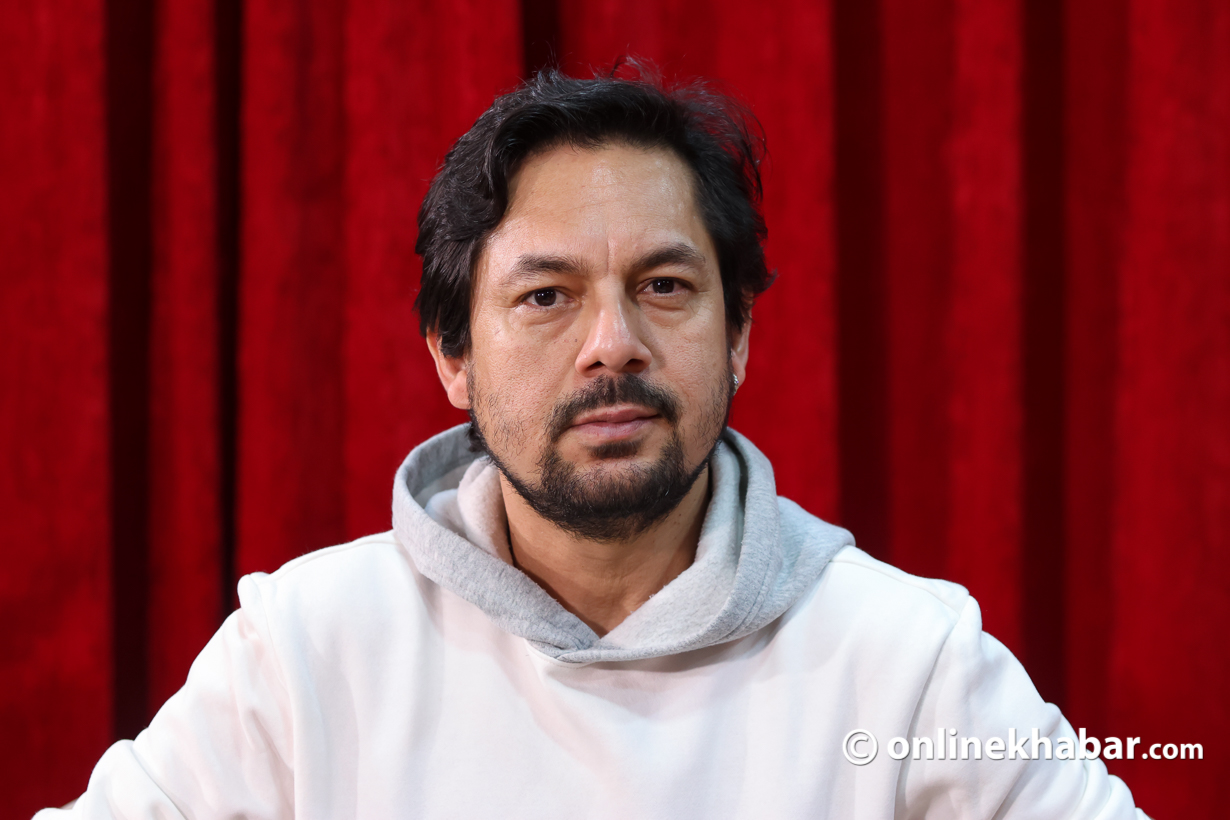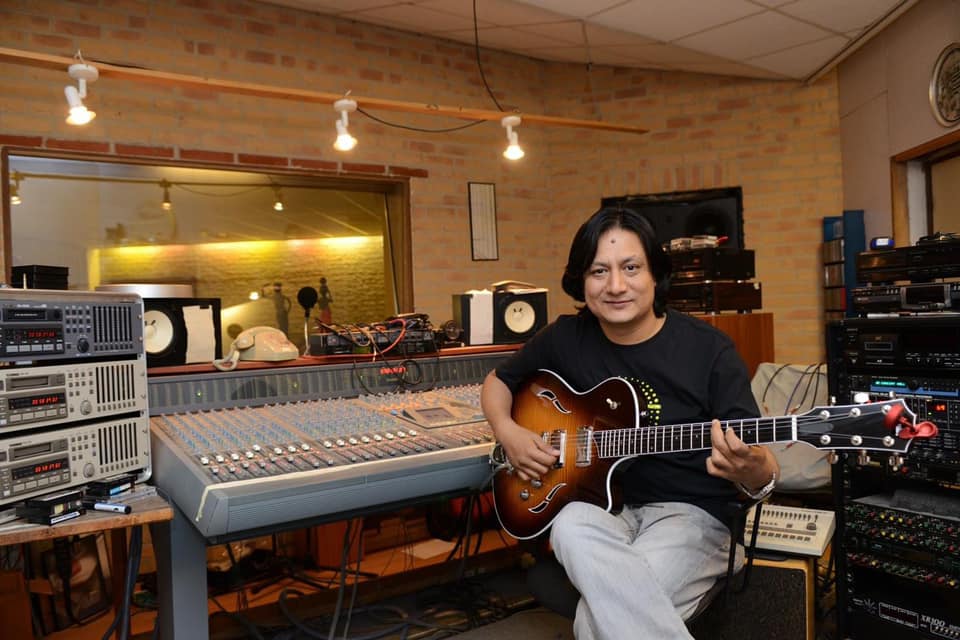Ashim Sharma, 24, is hooked on Spotify. Ever since he first heard about it in March 2020, he asked his friends in the US to get him a premium account, and since then, he has been loving this.
“I use it all day. There’s everything I want there: from podcasts to songs from my favourite artists to playlists designed to fit a mood. The sound quality is better than that of YouTube too,” says Sharma.
When he got the account in 2020, Spotify did not provide services in Nepal. To listen to songs, people had to use the VPN or accounts of their friends and families abroad. But, that has changed.
Spotify, in February, entered more than 80 markets around the world including Nepal, Bhutan and Bangladesh. This has not only helped Nepali music listeners, but also the artists, who, apart from YouTube, now have a different platform to make a side income.
Relative ease for listeners
Ever since its launch in February, Spotify has become a big hit in the country. It is easy to use, has songs from all over the world and most importantly, unlike YouTube, if you subscribe to its premium, it has songs in high-quality audio.
“I was in awe when I first listened to music there. It’s just too good, miles better than YouTube,” says Sharma.
Julia Levander, the communications manager of Spotify for the new markets, says the company has received a warm welcome from users and creators in Nepal as creators that are active on Spotify have increased by over 10 folds in Nepal.
“This is like a testament to the great desire to have a streaming platform that can channel the music culture and sounds that is coming from Nepal,” she says. “We here at Spotify have always been committed to connecting artists and fans and building a borderless audio ecosystem.”
It is not just the young crowd that is getting hooked on Spotify. Sanjaya Bansal, 55, is also quite addicted to it. He started using it a few months ago and after using it for a while, has now bought a premium account.
“The problem I had with YouTube was too many ads and I couldn’t use my phone as I wished. Spotify also had ads, but once, you have the premium account, there are no ads and I can listen to songs from Kishor Kumar and Mohammad Rafi,” says Bansal who says he also enjoys multiple podcasts and can also play nursery rhymes for his grandchildren.
However, there is one problem. One needs to pay for the premium account with a dollar card. Although the central bank has already allowed commercial banks in Nepal to issue dollar cards, most Nepalis do not have access to them. Many have been asking their friends and family to pay while a large part of the population has been using digital shops to pay for it.
One such account is Stream Stop that has been offering subscriptions for Netflix, Amazon Prime, Spotify Premium and Playstation Plus. While people come to the team for its other services, it sells around 10 to 15 Spotify Premiums on a daily basis.
Having realised this, Spotify wants to make the subscription easier.
“We’re aware and our developers are looking at this and maybe can come up with a way people in Nepal can pay directly for the service without much hassle,” says Levander.
New possibilities in the new market
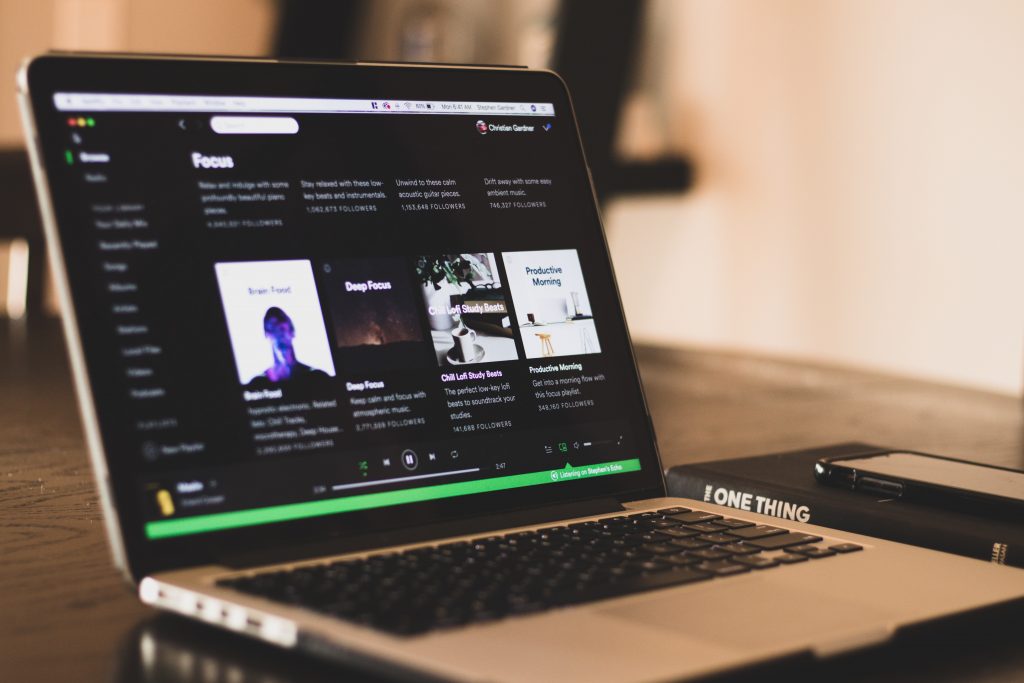
Levander says the expansion also aims to give local artists a global stage and allow them to reach new fans. Even though the most listened-to artists in Nepal are foreign names like Arijit Singh, BTS, Justin Bieber, Taylor Swift and The Weekend, Nepali artists like Sajjan Raj Vaidya and Sushant KC are also made it to the list.
Ankit Shrestha, an indie Nepali artist based in the US, says that Spotify being launched in Nepal is a great thing for the industry.
“I believe it might be a good opportunity for Nepali artists,” says Shrestha. “As of now, YouTube has been the leading platform for listeners to access music, but now, with Spotify launching, that might change as it is very easy to use the application.”
He adds that if people start to use it more for audio consumption, it will be better for artists like him as they will not have to put a lot of energy into visually engaging consumers on YouTube.
As an artist, it is still easy to put up their songs on YouTube as one has the freedom to upload things themselves. For Spotify, it is different. Shrestha says that anyone can put their music on Spotify but they need to find the right distributor.
“There will be some free ones who take about 15 per cent of your royalties, but you can pay a yearly fee and you get to keep the royalties,” says Shrestha, adding there are a few who even help the artist with the merchandise. “Need to find the right person for you.”
Shrestha does say that Spotify does pay better, but it depends on where the music is being listened to from.
“YouTube or Spotify pay according to where the audience is streaming from. Let’s say, for example, YouTube pays 40- 50 dollars per 1,000 streams if the streams were from the US or somewhere in Europe. But, in some countries like Nepal, the same 1,000 streams will pay you 30 or 50 cents,” he says, adding the cost of making music in the US or Europe is a lot more.
But, that said, he says as there are a lot of Nepalis and people of Nepali heritage living across the world, mainly in places like the US, Canada, UK, Germany and Australia. Hence, the earnings of artists might get better.
“The audience is distributed globally now more than ever, so I hope that will be a good thing income-wise.”



